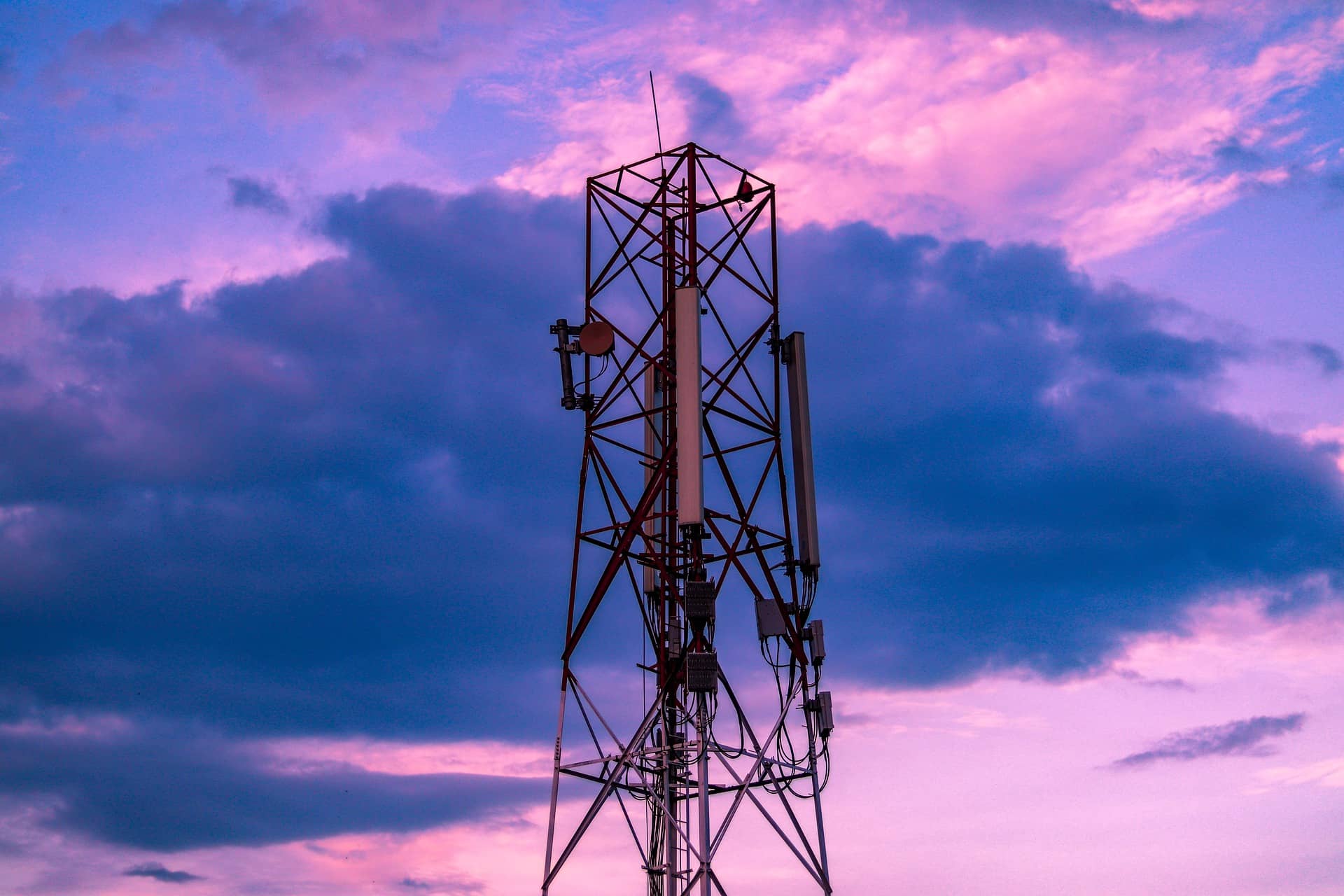NEWS
The ‘Coverage Above and Beyond’ plan will see the next generation of Starlink satellites provide mobile services directly to T-Mobile customers’ smartphones
This week, a highly anticipated deal between Elon Musk’s SpaceX and T-Mobile has been announced, with the new partnership aiming to use the former’s low Earth orbit (LEO) satellite constellation, Starlink, to plug movile coverage gaps across the USA.
The ‘Coverage Above and Beyond’ initiative will see customers gain access to Starlink internet services directly to their device for the first time, theoretically allowing them mobile coverage anywhere in the country.
Currently, SpaceX’s almost 3,000 orbiting satellites provide connectivity via ground terminals, which customers can purchase and deploy themselves. These ground stations act as an intermediary between the satellites in orbit roughly 550km above the Earth’s surface and the users’ smartphones or other devices.
However, next year SpaceX will begin launching a second-generation of satellites, equipped with new phased array antennas capable of delivering direct-to-device connectivity.
According to the partners, SpaceX’s services will be directly available on the vast majority of smartphones already on T-Mobile’s network, without the need for new handsets.
“We are constructing special antenna. […] They are actually very big antenna that are extremely advanced,” said Musk. “The important thing is you will not need to get a new phone. The phone you currently have will work.”
The Starlink satellites will use T-Mobile’s mid-band spectrum to deliver high-speed connectivity.
According to T-Mobile, there are currently around 500,000 square kilometres of the US that remains unreached by terrestrial mobile connectivity, all of which could be covered as part of the new deal.
“It is about solving the biggest pain point in the over-40-year history of our industry,” said T-Mobile CEO Mike Sievert. “This partnership has a vision that is the end of mobile dead zones”.
While initially penned to cover the US, in future the partners plan to expand this connectivity initiative worldwide, with T-Mobile offering reciprocal roaming to providers that take part in the scheme.
“The important thing about this is that there will be no dead zones for your phone anywhere in the world,” said Musk, who noted that truly ubiquitous global coverage would save lives, allowing people to call for help if needed no matter where they are in the world – provided they are outside, of course.
A beta service from the satellites will be available before the end of 2023 in selected areas, with services initially set to be limited to texting and messaging. Voice and data capabilities will be added at a later date.
While SpaceX’s Starlink is currently the largest LEO constellation in the world – and will presumably remain so, if Musk’s plans to ultimately launch up to 42,000 satellites come to pass – it should be remembered that it is not the only satellite company in the US planning direct-to-device connectivity. In fact, AT&T has been working with AST SpaceMobile since at least 2019, with the duo announcing earlier this year that they will soon test transmissions from regular smartphones to SpaceMobile’s new satellite using AT&T spectrum.
AST SpaceMobile already has a similar Memorandum of Understanding with Telefonica.
Starlink will also have to contend with OneWeb’s growing LEO constellation and ultimately the large-scale launch of Amazon’s Project Kuiper, though dates for the latter’s initial launches have yet to be confirmed.
But despite growing competition, this deal represents a major win for SpaceX at a time when its Starlink constellation needs it most. SpaceX was recently denied $885.5 million in government subsidies to rollout broadband in rural areas, with the Federal Communications Commission saying the company had failed to demonstrate that they could achieve the speeds they promised to deliver in their application.

